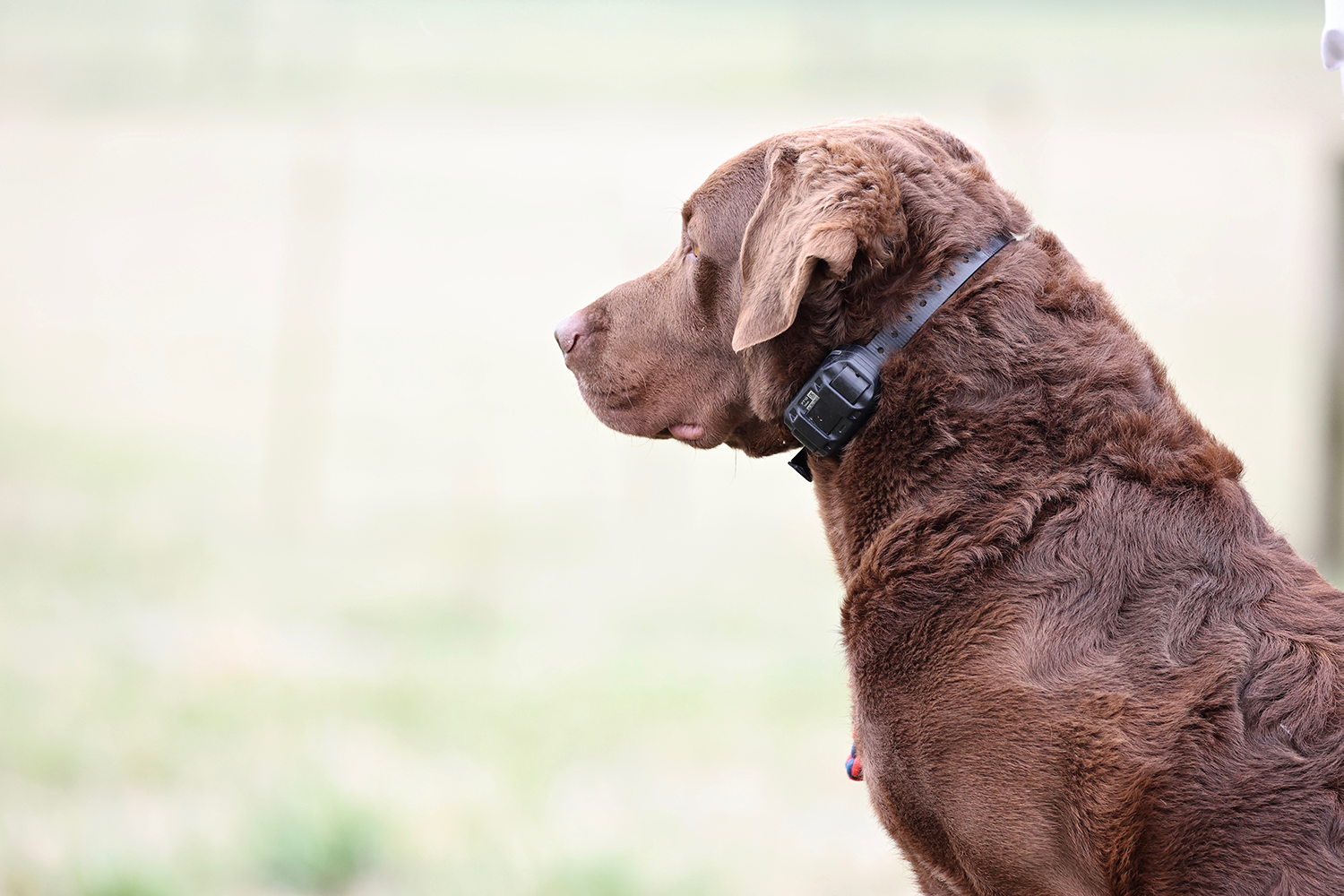Probably a lot like you, I once believed that remote – or e-collar training was cruel. I thought positive reinforcement was the only right way to train a dog. That is, until I had Saphira. As much as I learned and worked with her, I began to realize that even if I had a steak in my pocket, she just wasn’t as responsive to the only-positive training as I needed her to be.
As a result, I called on my friends at Next Generation Gundog Training, who had seen many similar situations and trained using many methods over the years. The more I learned, the more I saw how useful this tool is, when used correctly.
There are a lot of myths and assumptions out there about e-collars, and many of the claims and beliefs simply are not true. This post explains the truth behind proper use of an e-collar. In the future, we’ll dispel many of the myths surrounding the technology.
Modern Day E-Collars vs Shock Collars
You’ve probably heard the terms e-collar and shock collar used interchangeably when referring to such tools. More often than not, the term “shock collar” is used today as a way of intentionally creating a reaction in people to associate pain and harm with its use.
The first electronic collars were introduced during the 1970s, based on the psychology of shock treatment. The tools were designed to shock dogs using three different settings.
Modern e-collars use TENS technology (Transcutaneous Electrical Nerve Stimulation), which delivers a mild pulse that stimulates muscle contraction (the same thing your Physical Therapist or Chiropractor may use on you when you are in for treatment).
They are also designed to safely and humanely deliver the stimulation to dogs as small as 5 lbs.
Not all E-Collars are the Same!
While the archaic shock collars of the 70s are no longer produced today, there are still a number of low quality, inhumane e-collars on the market.
Do not buy an e-collar from a chain pet store or some off-brand from Amazon!
How E-Collars Work
This stimulation interrupts the dog’s thought process through an unpleasant, but not painful sensation. It’s kind of like an annoying tap on the shoulder or tug on your pants by your toddler – annoying to the point that it gets your attention.
As I will mention several times, the stimulation reinforces commands the dog already knows. With proper conditioning, the dog learns how to stop the sensation by responding correctly to a command.
The e-collar can also be used to deter undesirable behaviors like digging, counter surfing, jumping, and more. In this instance, your dog learns to associate the unpleasant feeling with its own behavior.
Think of the e-collar as an extension of the leash. Just as your dog feels a tug on their collar when they reach the end of the leash, the e-collar is sort of like a tap on their shoulder, only it does not cause damage to the larynx or spinal cord like a jerk of the collar can.
When used properly, e-collars are a valuable training tool, just as a flat buckle collar, a clicker and a treat. The key is to seek advice and lessons from a knowledgeable professional and to only purchase a brand with a track record of success. We like Dogtra products for their large stimulation range and adaptability to many different dogs and situations.






Once you understand the process and how well they work, I never want to have a dog that is not E Collar conditioned. My first dog would get into the cabinet, retrieve his E collar and bring it to me. His way of saying “hey let’s go for a walk or run or swim”. He convinced me that the dog does not see the collar as harmful or hurtful. Rather as fun time with me.